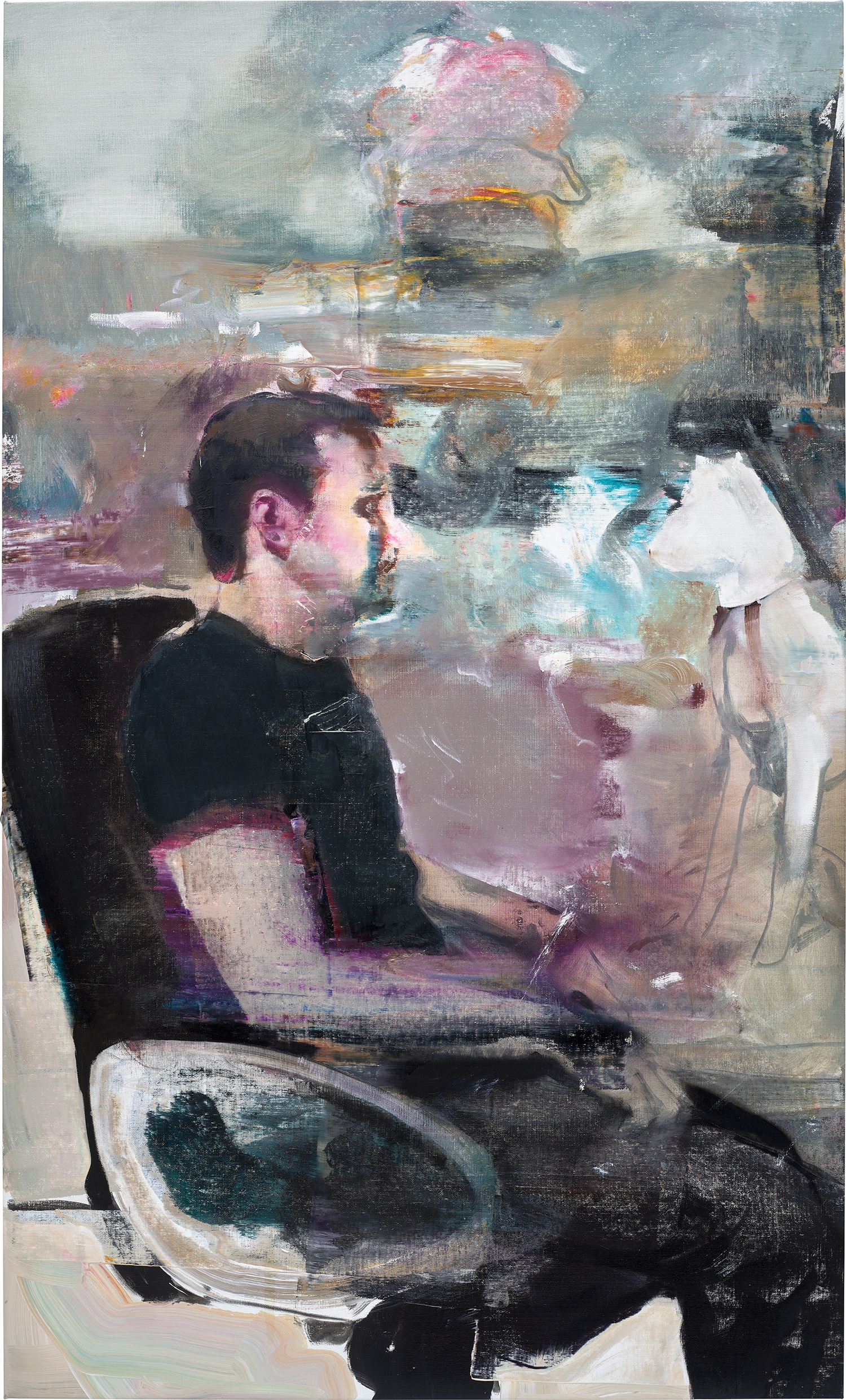



Property of a Distinguished Private European Collection
27
Adrian Ghenie
Self-Portrait as a Monkey
signed and dated ‘Ghenie 2010’ on the reverse
oil on canvas
140.2 x 84.1 cm (55 1/4 x 33 1/8 in.)
Painted in 2010.